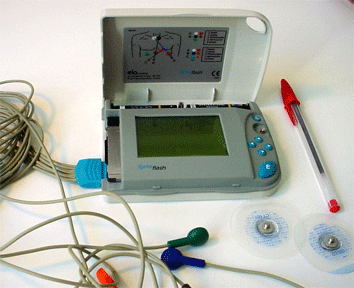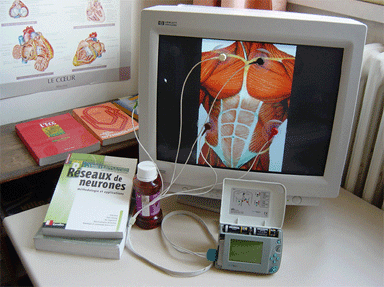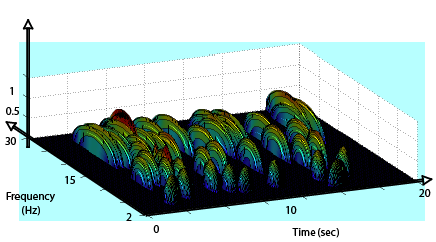
| Machine learning, theory and applications | Modeling of biological systems |
Bak to the general presentation
MACHINE LEARNING, THEORY AND APPLICATIONS
Machine Learning is the branch of computer science that aims at reproducing the learning capabilities of humans, with algorithms that are implemented as computer programs. The methods developed in the framework of machine kearning proved extremely powerful for designing predctive models of the behaviour of complex processes: when domain knowledge is unavailable, or too inaccurate, predictive models can be inferred from examples by machine learning algorithms.
PRESENT PROJECTS
Learning from structured data: application to drug discovery
"Graph Machines" were developed in our laboratory, on porder to learn from data structured as graphs, while conventional learning machines learn from data represented by vectors. The method is especially suitable for drug design, because of the graph structure inherent to molecules. The advantages of "graph machines" over concventional QSAR/QSPR (Quantitative Structure-Activity Relations/Quantitative Structure-Property Relations) has been demonstrated on numerous examples.
Visuo-acoustic modeling by machine learning: application to the design of a "silent phone"
The OUISPER project (Oral Ultrasound Synthetic Speech Source), supported by ANR and DGA, aims at designing a system that synthesizes an intelligible speech signal from ultrasound images of the tongue and video images of the lips, withous a need of vocalizing. Two types of applications are currently under consideration:

Modeling 1D- or 2D- signals by machine learning techniques: application to computer-aided diagnostic from electrophysiologicval recordings of cardiac or brain activity
Electrophysiological signals are frequently in the form of "bumps". Machine learning allows the modeling of such signals ("bump modeling") in such a way that the model is readily understandable by the physician.



Dynamic modeling by support vector machines (SVM): application to the control of pollutants from vehicles
Support vector macheines are very powerful methods for automatic classification and regression. The project aims at evaluating the applicability of SVMs to dynamic modeling, especially in coparison with other dynamic modeling techniques such as recurrent neural networks. A preliminary evaluation has been carried out in a collaboration with Renault, in order to control pollutant emissions by vehicles.
Design of virtual sensors by machine learning: applications to environment and health.
Virtual sensors are more and more frequently used in industry: they exempt process designers from installing costly sensors, which are replaced by a predictive model. In a collaboration with unité 551 of INSERM (Pitié-Salpêtrière) and a clinical center, a virtual sensor of strong markers of oxydative stress has been design. It should allow avoidinc costly biological analyses, whose results are predicted from a model whose variables are results of simple analyses (vitamin C, vitamin E, etc.).
OTHER PROJECTS
Those results were recognized by numerous French and foreign companies, with which the laboratory carried out research programs that often led to actual applications. :
For more details on those topcis and many others, refer to the publication page. See also our page on the modeling of biological networks.
Some methodological advances mentioned above are implemented in a software package for nonlinear modeling, variable selection, model selection and optimal experimental design.Click here for information on our former doctoral students.
